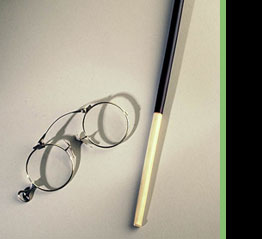 |
||||
| Old family photos or that one-of-a-kind salt and pepper shaker collection. Whatever you collect is important to you (even if you can't explain it to your friends!). National Park Service museum professionals are asked for advice all the time. Every month throughout the centennial celebration we will post some of the most frequently asked questions -- and our answers. Here's what we've covered so far: |
 |
|
Spots on antique glass |
|||||
Is it true that mineral oil from the drug store can remove cloudy white spots on antique glass? or more information about cleaning and handling glass and ceramics see Conserve O Grams 8/1 Removing Dust from Ceramic and Glass Objects and 8/2 Storing and Handling Plaster Objects.
|
|||||